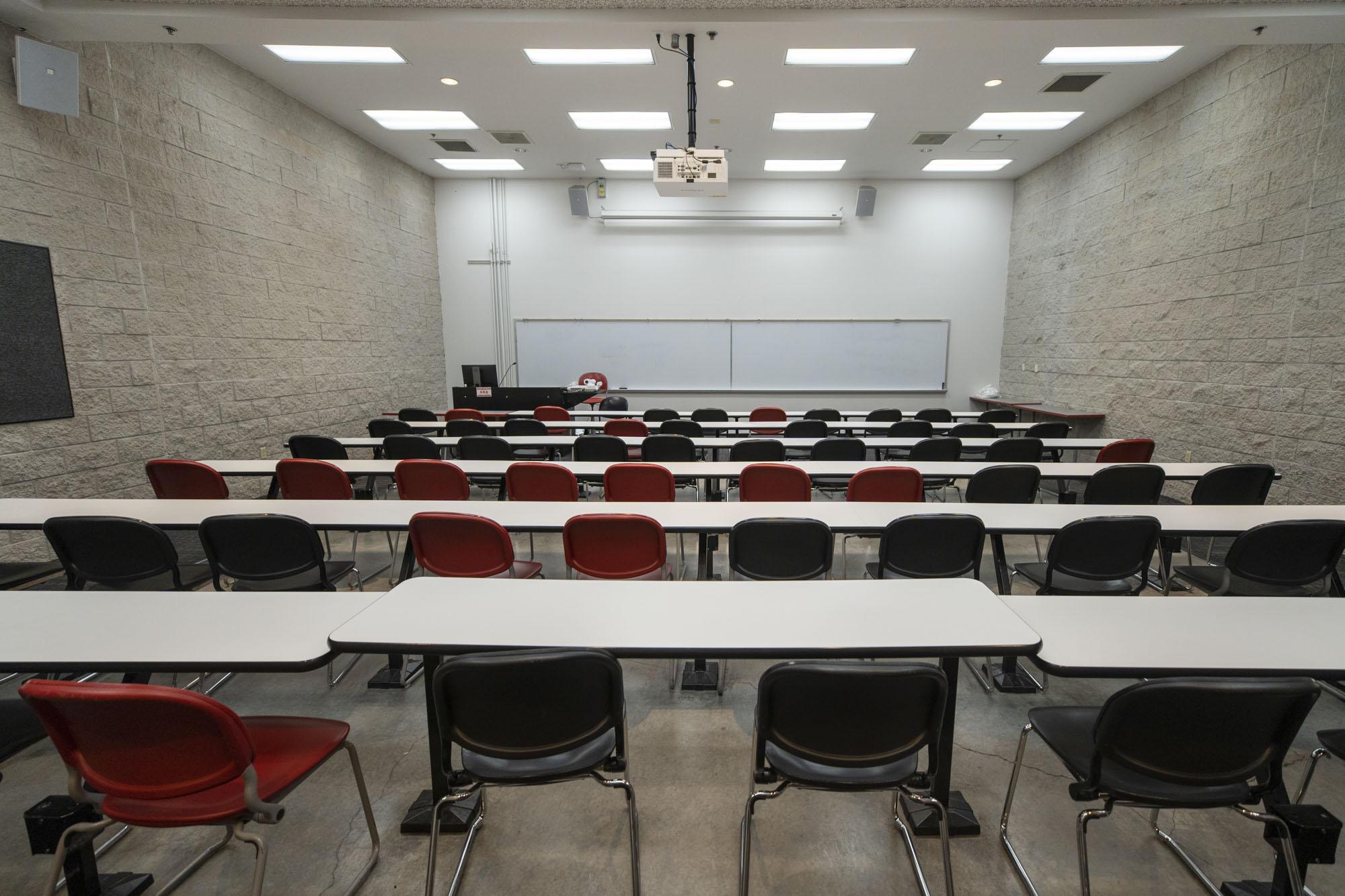Understanding the Importance of Classroom Environment

Introduction
The classroom is not just a physical space; it is a fundamental element in the educational experience. The environment in which students learn can significantly influence their motivation, engagement, and achievement. As schools continue to evolve and adapt to new educational paradigms, understanding the dynamics of classroom environments has become more crucial than ever.
Recent Developments in Classroom Design
In recent years, many educational institutions have started to rethink traditional classroom setups. Research indicates that flexible seating arrangements and collaborative spaces enhance student interaction and participation. For example, schools are adopting modular furniture that allows for easy rearrangement, fostering a collaborative atmosphere. According to the UK’s Department for Education, updated classroom designs can lead to improved academic outcomes, particularly in diverse learning settings.
Impact of Classroom Environment on Learning
Several studies have shown that a well-designed classroom can aid in reducing distractions and improving focus, which are essential for effective learning. For instance, a report from the Learning Environment Evaluation Project highlights that classrooms with adequate lighting, noise control, and temperature regulation can lead to higher student performance rates. Moreover, the emotional aspect of the classroom, created by positive teacher-student relationships, can further enhance the learning experience. A supportive and inclusive atmosphere encourages students to express their ideas and take academic risks.
Challenges and Considerations
Despite the positive changes in classroom environments, there are still challenges to consider. Not all schools have the funds to invest in new technology or furnishings, leading to disparities in learning environments. Furthermore, teachers often have varying degrees of training in creating engaging classroom atmospheres. Professional development programs focused on classroom management and environment enhancement are essential in supporting teachers.
Conclusion
As we move forward in the educational landscape, the importance of the classroom environment cannot be overstated. By prioritising innovative designs and nurturing positive interactions, schools can create spaces that are conducive to learning and growth. Ultimately, understanding the impact of these environments will be vital for educators, policymakers, and communities as they strive to improve educational outcomes for all students.
